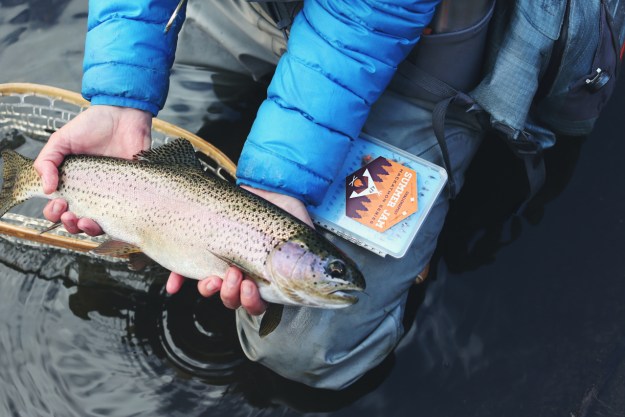Mankind has long sought the capability to stay underwater indefinitely. The modern, Jacques Cousteau-inspired SCUBA era of the early 20th century was a huge step toward realizing that dream. But, we’re still captive to the limits of a standard oxygen tank (or two) and of human biology. One recent innovation is relying on old-school technology to take the next big leap forward.
In simple terms, the Ocean Space Habitat is like an underwater “tent.” The dome-shaped contraption creates an air-filled pocket that divers can swim into, take off their gear, and just relax. The environment offers a safe space in which to eat, nap, review photos, process scientific samples, and — most importantly — decompress. The portable life-support bubble has the potential to allow recreational divers to extend their dives almost indefinitely. Likewise, without the constant need to resurface, strip down, decompress, and gear up again before returning to the water, scientists, underwater filmmakers, and marine biologists could perform many times more work in a fraction of the time.
The portable life-support bubble has the potential to allow recreational divers to extend their dives almost indefinitely.
The biggest challenge for any diver is the issue of decompression sickness, more commonly known as “the bends.” It’s a result of too much gas build-up in the blood and tissue. In the best case scenario, the symptoms can be excruciating; the worst cases can be lethal. What’s worse is that some of the world’s best dives are often in the most remote locations, far from medical attention. Plus, the deeper that divers go, the faster and more steadily these gases build up in the body and the less time that divers can spend at depth.
The technology to solve this problem isn’t new. For decades, some commercial divers relied on “diving bells” to take them deeper and for longer into the ocean. Today, there are sunken and onboard “habitats” designed to keep divers’ bodies acclimated to the high-pressure underwater environment even when they’re not technically in the water. Commercial dive expeditions like those used in offshore oil rigging rely on this to maximize their divers’ productivity. NOAA uses a similar habitat for its scientists.
However, until now, there hasn’t been such a system that was portable and affordable. National Geographic explorer Michael Lombardi partnered with NYU associate professor Winslow Burleson to develop the Ocean Space Habitat. It’s “like turning a short hike in the woods into a weekend-long camping excursion. The habitat allows you to do more of what you’re coming for, whether you’re a photographer or coral researcher or citizen scientist,” Burleson told National Geographic in an email. Imagine taking a leisurely dive down into the habitat to play poker with your buddies over a few bottles of bourbon — just because you can.
There’s no word on pricing yet, as the Ocean Space Habitat was only recently granted a patent. Burleson and Lombardi are seeking investors to back the project and take it into production. Given the potential for virtually limitless underwater exploration it promises, we can’t imagine they’ll need to look too hard.


